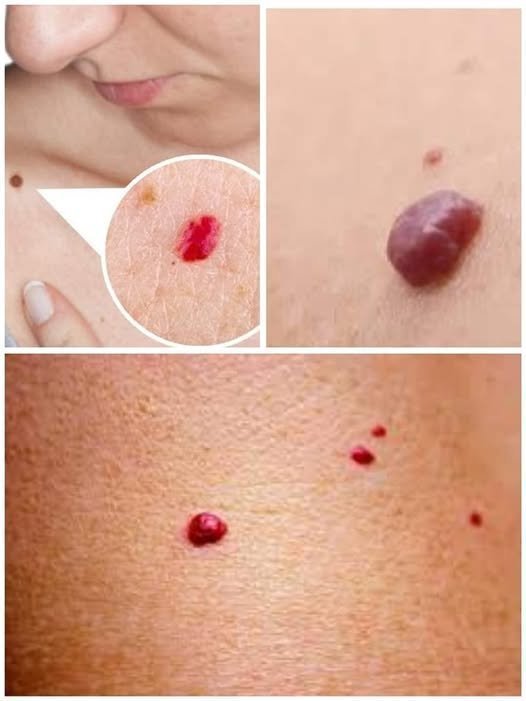ADVERTISEMENT
**If You Have Red Moles, It’s a Clear Sign That Your Body Needs Attention: What You Need to Know**
Red moles, also known as cherry angiomas or senile angiomas, are small, often red or purple growths on the skin. While these moles are generally benign and non-cancerous, their appearance can still raise concerns for many individuals. A red mole might look like a harmless spot on your skin, but its presence can sometimes be a sign that your body needs attention, particularly in relation to certain health conditions. Understanding what red moles are, their causes, their connection to different health conditions, and when they could be a cause for concern is essential for ensuring your overall well-being.
In this article, we’ll delve into everything you need to know about red moles—from how to identify them to their connection to potential health issues, their causes, how to treat or remove them, and when to consult with a healthcare professional. By the end of this guide, you will have a better understanding of what these skin growths might indicate and how to approach them with confidence.
### **What Are Red Moles?**
Red moles, also called cherry angiomas or senile angiomas, are small, raised growths that are often red, purple, or blue in color. They typically form as a result of an overgrowth of blood vessels within the skin. The size of a red mole can vary from a pinhead-sized spot to a larger, slightly raised bump. They can appear anywhere on the body, but they are most commonly found on the torso, arms, or shoulders.
Red moles can develop at any age, but they tend to become more common as people age. Some individuals may notice more red moles appear as they get older, while others may have only a few. While red moles are generally harmless, they can sometimes be mistaken for other skin growths, such as melanoma or other types of moles.
For Complete Cooking STEPS Please Head On Over To Next Page Or Open button (>) and don’t forget to SHARE with your Facebook friends
